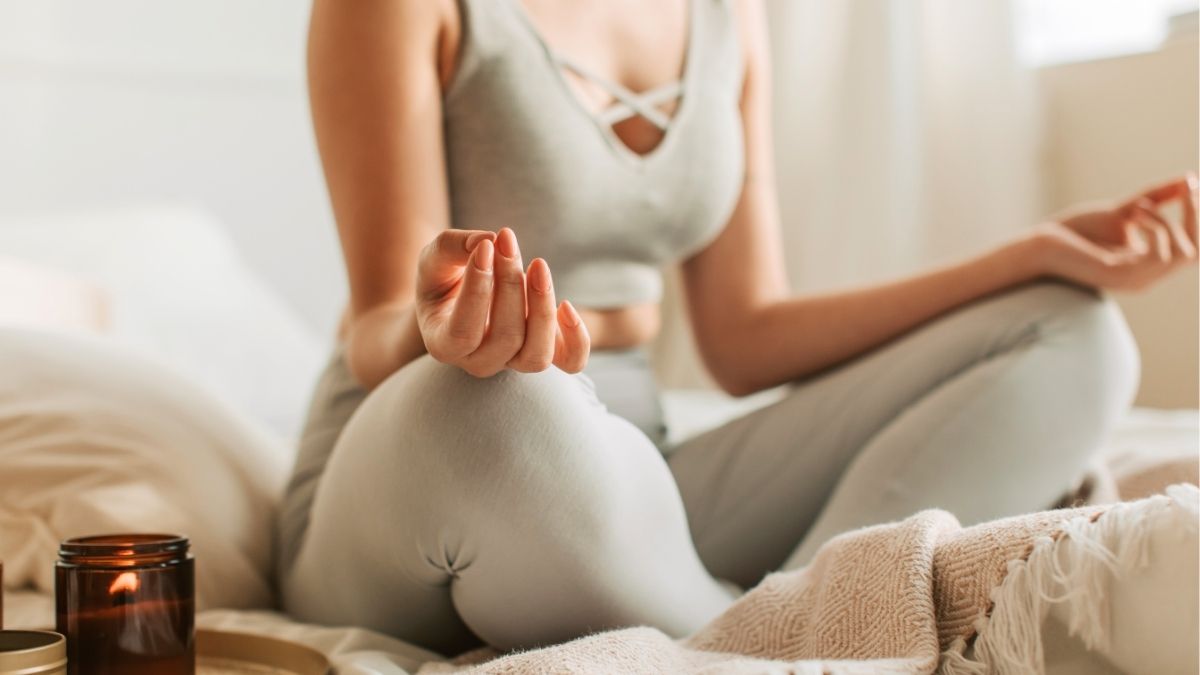Finding Strength in Healing: Transforming Your Life at Home

Healing is an intimate and personal journey that often transcends the boundaries of medical facilities and touchpoints with healthcare professionals. It’s about nurturing the self, cultivating a positive environment, and developing practices that promote recovery from the inside out.
At the core of this lies the potent, yet often overlooked, concept of home-based healing. In this article, we’ll delve into how transforming your personal space into a sanctuary, integrating mindful practices, and building a supportive community can profoundly impact your health and well-being. Keep reading to uncover the ways you can harness the curative power of your home.
Embracing the Power of Home-Based Healing

Home-based healing emphasizes the power of our surroundings in promoting health and recovery. The comfort and privacy of home create a unique space where both physical and emotional healing can thrive. Simple changes like rearranging furniture or adding soothing colors can transform a home into a personal health retreat.
Beyond decor, nourishing the body is equally important. For those managing health conditions, services offering medically tailored meals in Riverside County provide essential support, ensuring that nutritional needs are met while aiding the healing process in the comfort of home.
Crafting a Personal Sanctuary for Emotional Recovery
Emotional recovery is a crucial aspect of the healing process, and the home environment can play a significant role in this process. A personal sanctuary is a space that promotes healing, reduces stress, and encourages self-reflection. It can be a cozy corner with a comfortable chair and soft lighting, ideal for journaling, reading, or simply being.
A space for spirituality or religious practice can provide solace and strength, allowing for a deeper connection with oneself and the divine. Music can also be incorporated into emotional recovery, creating an auditory backdrop that can help shift moods, alleviate anxiety, and foster inner calm. Art can also be a powerful tool for self-expression, allowing emotions to be channeled onto a canvas or sculpture, facilitating emotional catharsis.
Integrating Mindfulness and Meditation into Daily Routines
Integrating mindfulness and meditation into daily life is like planting seeds of calm in a busy world. Mindfulness brings attention to the present moment, whether during simple tasks or quiet reflection, allowing thoughts and emotions to be acknowledged without judgment. Meditation goes further, creating dedicated time for stillness, requiring only a quiet spot and a few minutes. Regular practice can reduce stress and enhance well-being.
Starting with just five minutes a day can make a difference, gradually leading to longer, more restorative sessions. For those seeking deeper understanding, a masters in applied behavior analysis can provide valuable tools to harness these techniques for personal growth and help others on their journeys.
Building Positive Habits to Support Physical and Mental Health

Positive habits are essential for maintaining physical and mental health. Regular physical activity, such as yoga, tai chi, or leisurely walks, promotes circulation and endorphin release. A balanced diet rich in whole foods is crucial for repair and resilience. Conscious eating and understanding food’s impact on the body and environment are essential habits.
Establishing a regular sleep routine and creating an optimal sleeping environment are vital for healing. Simplicity, such as blackout curtains, comfortable mattresses, and cool room temperatures, can significantly improve sleep quality. Social habits are also crucial for mental health. Cultivating supportive relationships and sharing experiences can enrich one’s sense of connectedness and belonging, which are vital components for mental healing.
Connecting with Community and Resources for Enhanced Healing
Connecting with others can enhance the healing process, as communities offer camaraderie, shared experiences, and a network of support. These can include support groups, workshops, and group fitness classes. Resources like books, podcasts, webinars, and seminars can provide fresh perspectives on health challenges, coping strategies, and encouragement.
Professionals like therapists, coaches, and nutritionists can offer bespoke guidance, tailoring a healing path to one’s condition, lifestyle, and preferences. Programs like palliative care, home health services, and specialized meal plans can provide structured support for those facing chronic illness or ongoing health challenges. These resources converge to aid in healing, each tailored to fit the individual’s needs.
Altogether, the process of healing at home encompasses the creation of a supportive environment, cultivation of healthy habits, embracing community, and utilization of external resources. These dimensions interweave to form a tapestry of recovery that is holistic and deep-rooted, empowering you to take the reins of your health and well-being.
